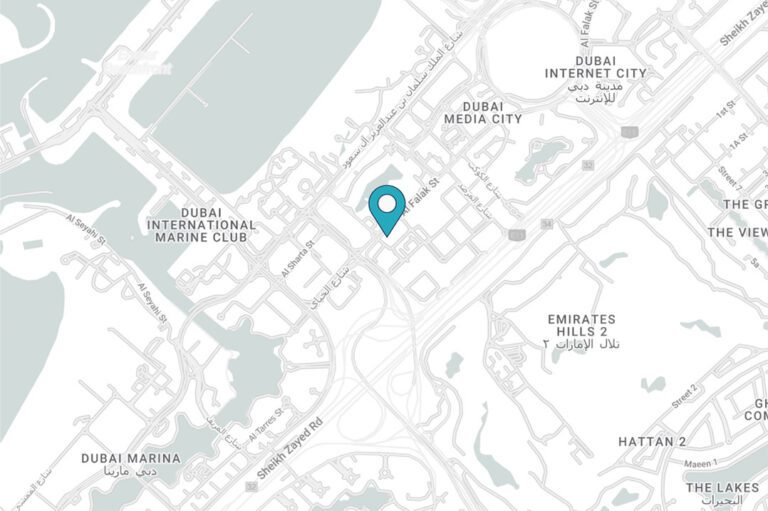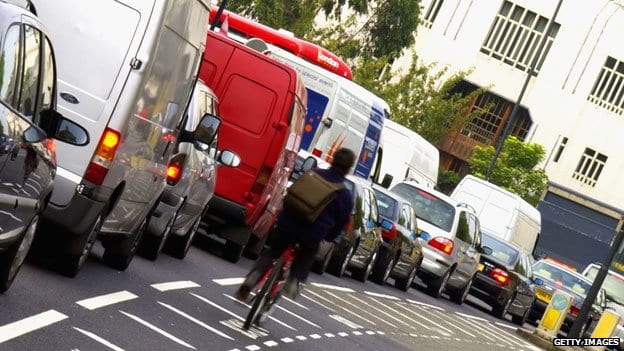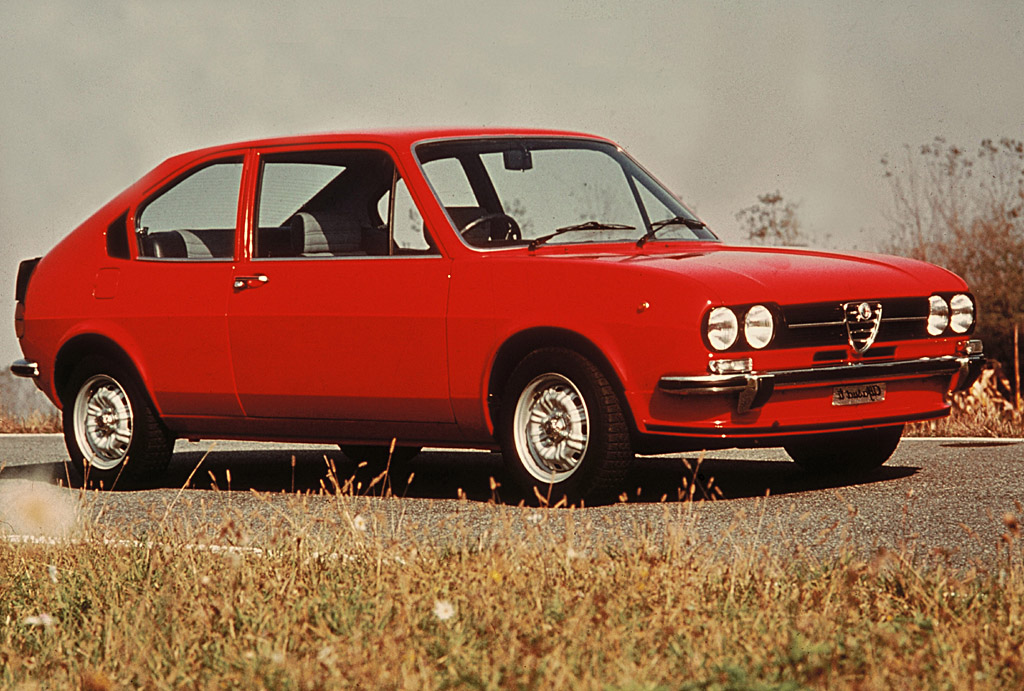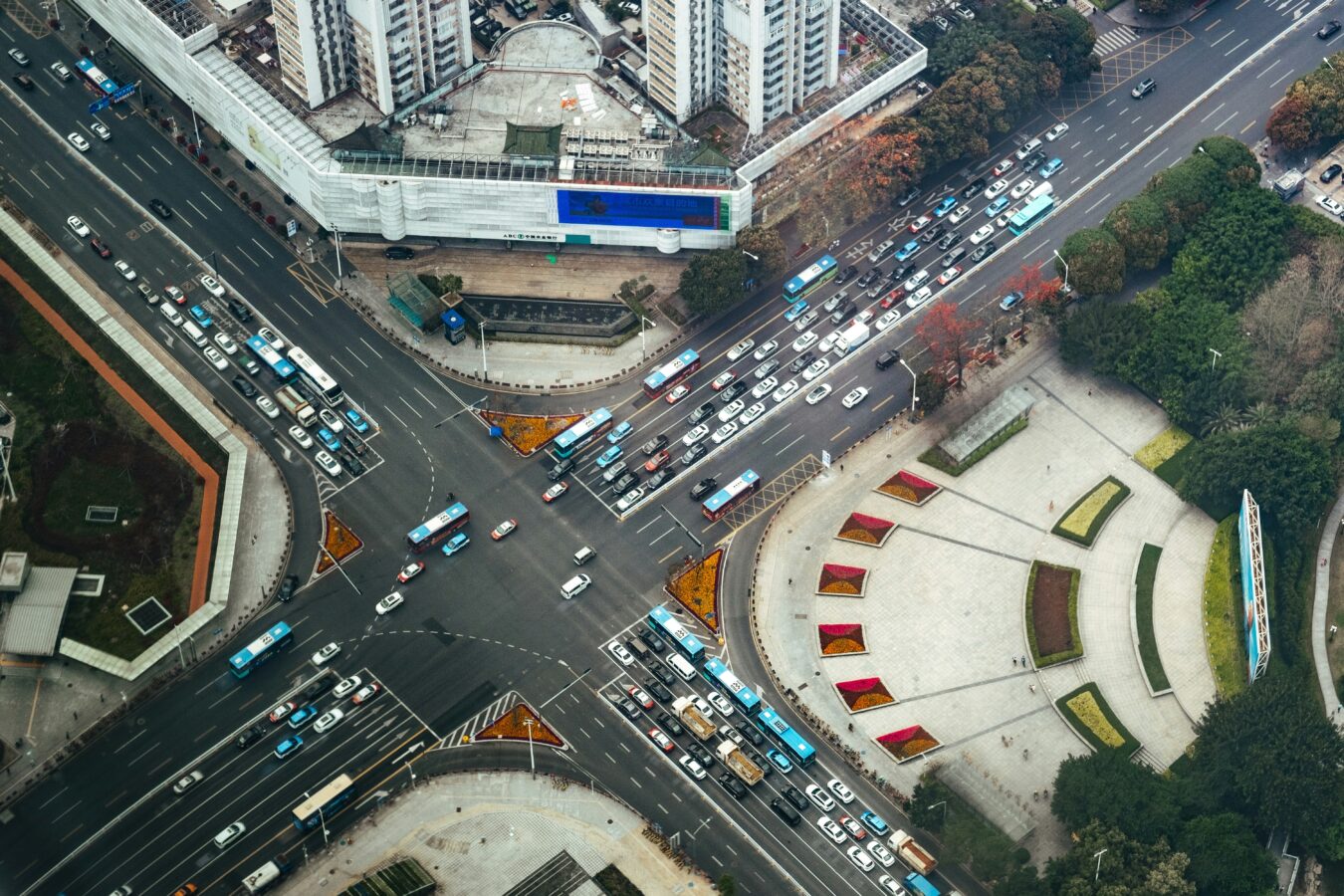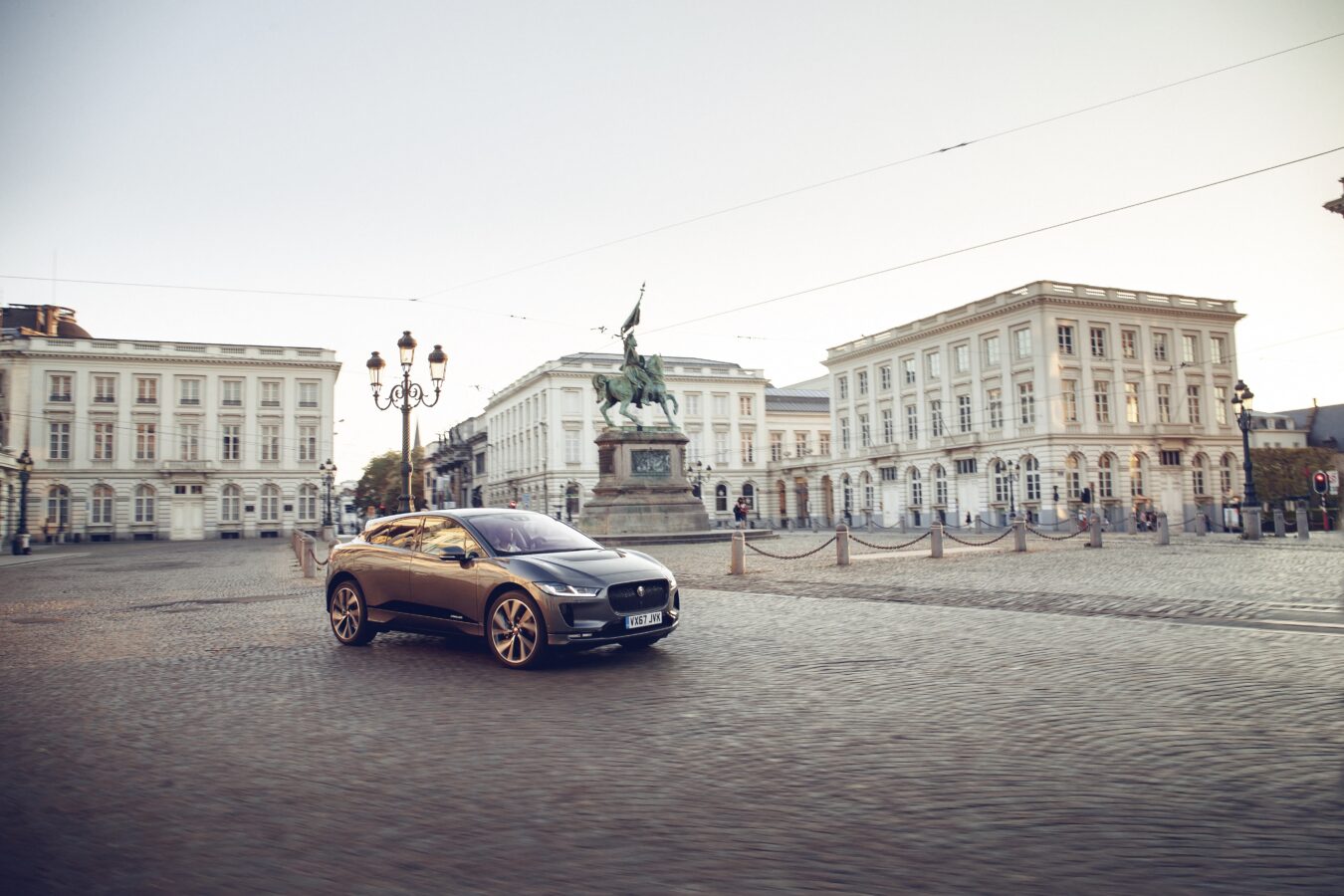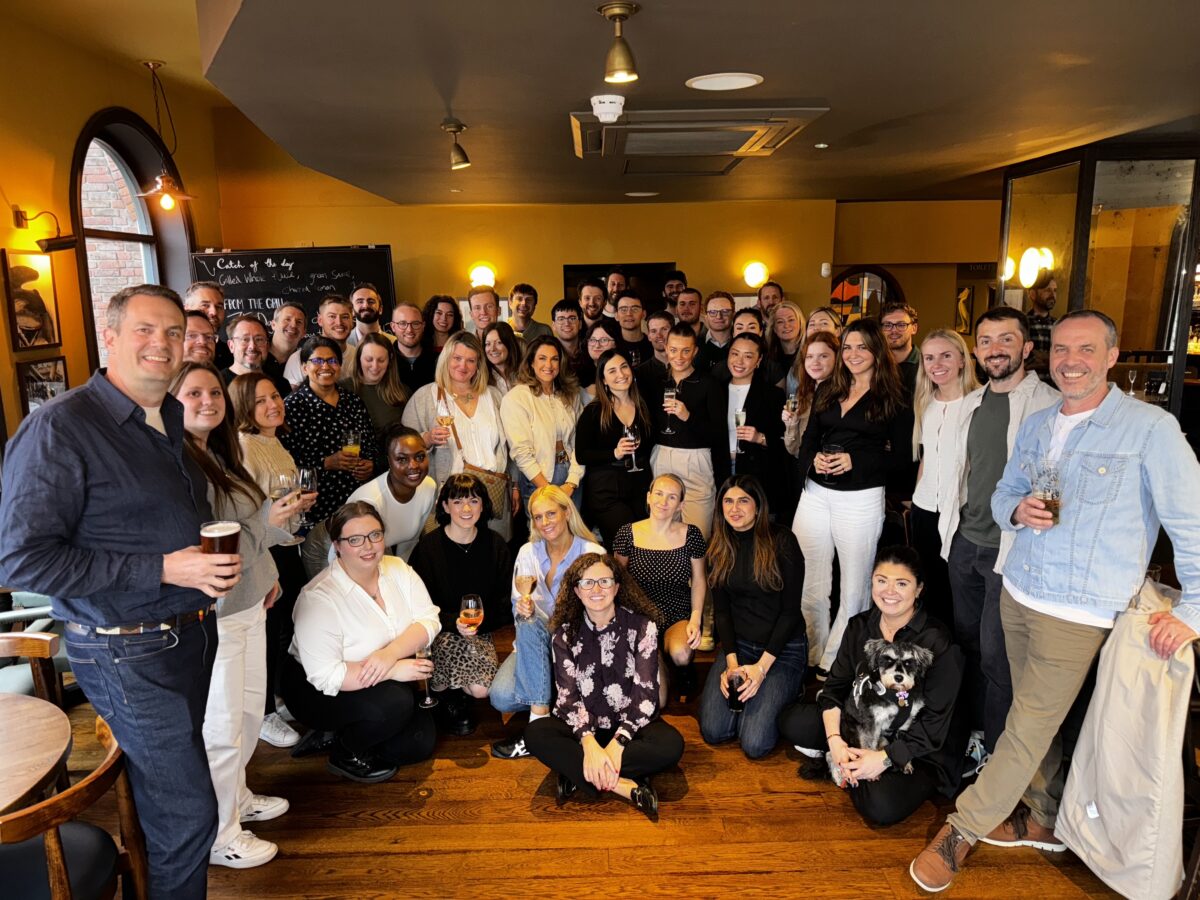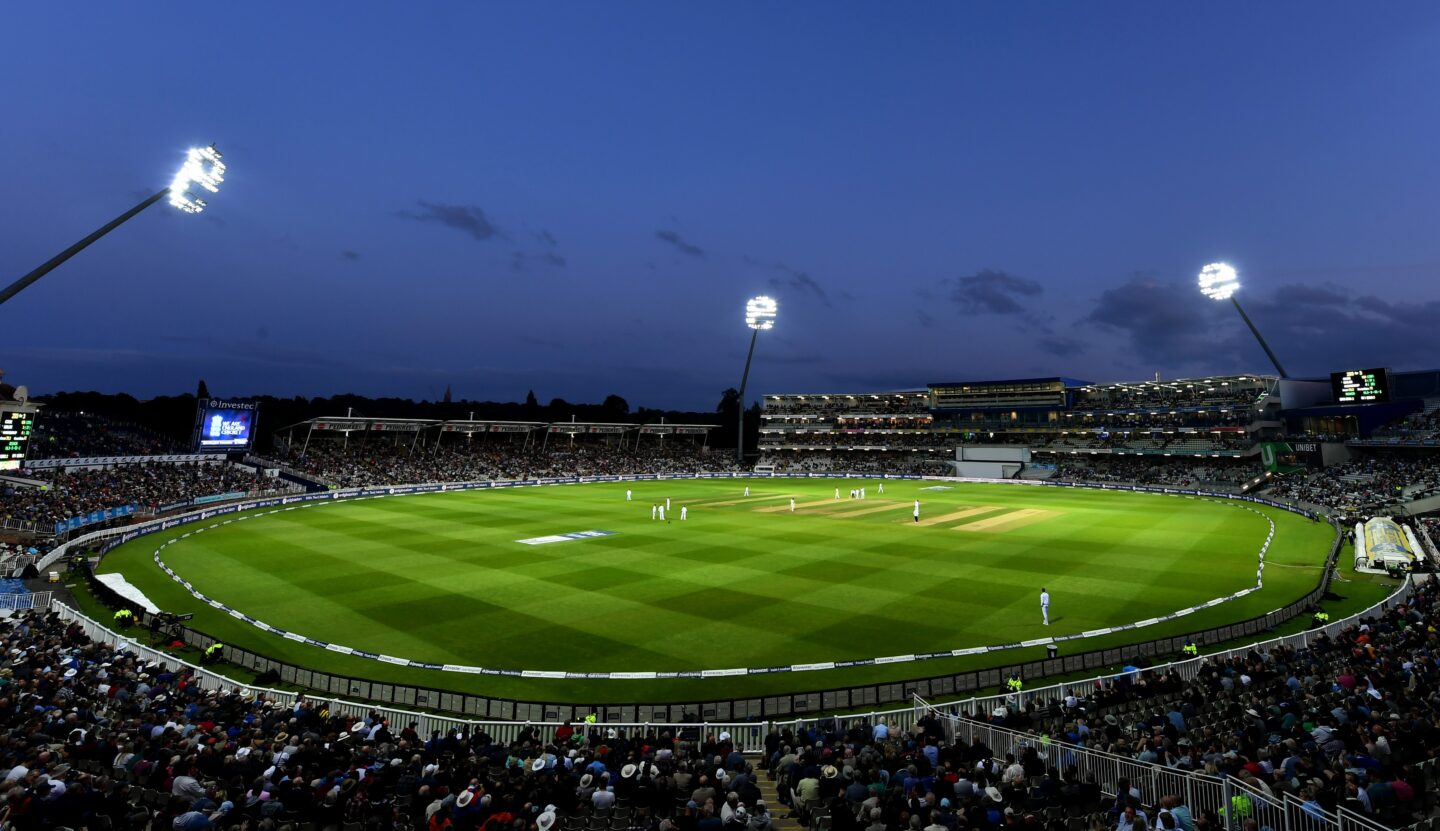The world can be interpreted in different ways, and there are about as many ways of receiving social codes and messages as there are people. The same goes for branding messages. If you work in the PR business it’s something you constantly have to think of when you’re storytelling, no matter who your audience is.
This especially translates to road use, and the way we perceive things depending on our current situation. The first thing that struck me when I started driving in London was how cluttered the roads seemed. Yes, Britain’s got narrow roads, but I was overwhelmed with the amount of people and vehicles that were all expected to share the same road space. This made me think about how we try to interpret other people’s behaviour on the roads, our perspectives in relation to the way we use the road depending on what we’re doing.
As a driver, I’m very aware of sudden movements from pedestrians or cyclists around, and roads seem narrow and crowded. Don’t even get me started on other motorists that don’t use their indicators. But my behaviour changes a lot when I’m using the road as a pedestrian. I hardly pay any attention at all to vehicles around me, even though this is when I’m the most vulnerable as a road user. I suddenly feel that the same road is spacious and quiet. In fact, if I was driving and met me as a pedestrian, I would probably get annoyed with myself…
It’s almost like revisiting a place you visited as a child when you’re an adult just to notice that the perception of size changes. And with changed perspectives, different behaviours will follow, and this sometimes leads to… discussions.
As a native Swede, I’m used to people silently suffering if another road user is acting in a way that they don’t approve of. You look (and silently judge), but you don’t act, this is an unwritten rule. The Swedes’ message on the road is just to keep calm and carry on. This was all I knew until I moved to Britain.
British road users don’t hold back. Road rage was something that I had not really experienced, but I quickly learned the official highway codes, and the types of behaviour that will get you into trouble. My question is why this changed perspective from social situations to on-the-road situations leads to such a vast change in our behaviour, and why people take pride in letting other road users know what’s right and wrong in their book. Quite frankly, most people that get road rage would probably (hopefully) never behave the same way if they were stood face-to-face with the subject of their attention. Or would they?
[youtube height=”HEIGHT” width=”WIDTH”]https://www.youtube.com/watch?v=HKaUbgv7rtk&index=1&list=UUJc0Gn7Bfag5FO-gX9_5rHQ[/youtube]
The codes we usually use in social situations are completely forgotten, and the only law that applies is the ‘I’m always right; therefore I shall honk my horn’.
What we forget is that all road users behave based on how they perceive space, and how they intend to use it. Most people probably don’t think of how the road users next to them see the same road, what message they are actively looking for and therefore will find somewhere.
In a world where we could read other people’s minds, what they’re looking for and how they respond to messages. PR would be a lot easier. But for now I’m sure we all agree this isn’t the case. And it is therefore quite arrogant to think that we can predict how other road users think, and yet this is what we routinely do when we use the road. I hate to be the one to break it to you, but until new car technology offers more than driverless cars, but also gives us opportunity to read other people’s minds, we can never really interpret how another person will act in advance – especially not on the British roads, where all bets are off.
